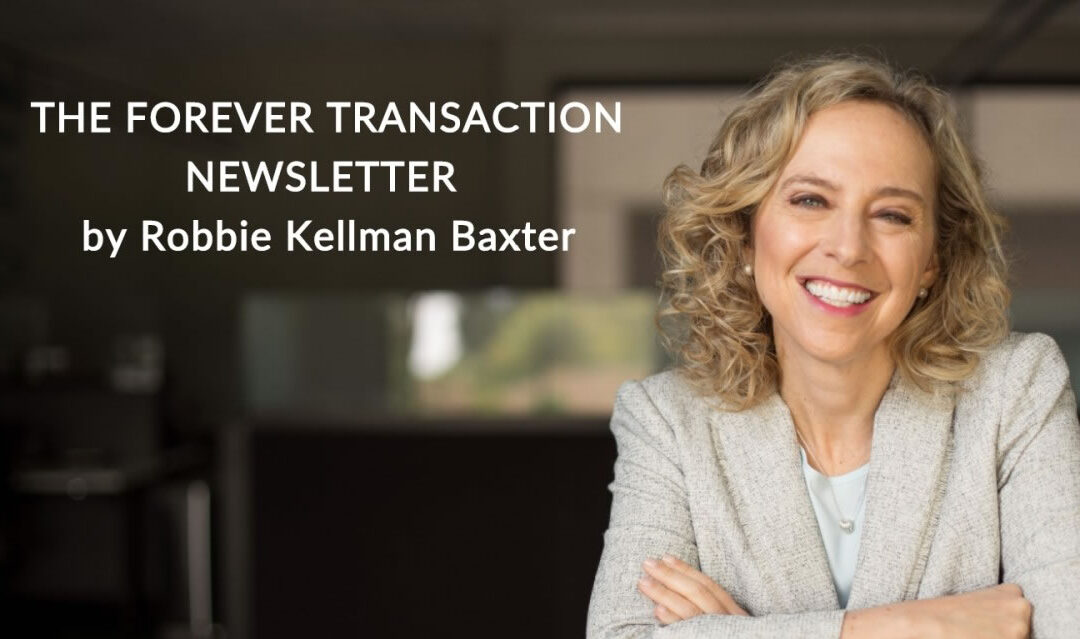Content. Community. Commerce
If you’re working on a new subscription offering, it’s worthwhile to explore each of these three as potential benefits.
Content
Content is a broad category that includes information or entertainment which can be digitally consumed by the subscriber. “Subscribe and get access to our articles, videos, music, courses, etc.”. Media companies and learning companies in particular seem to lead with content. Examples of content-first subscriptions include Netflix, Spotify, Coursera, and MasterClass, as well as most newspapers and magazines.
Commerce
Commerce is access to products and services, or a premium shopping experience. Commerce-first subscriptions include Costco and Amazon Prime as well as subscription boxes like Farmer’s Dog, Birchbox and Proactiv. In some cases, the key benefit is replenishment or curation of items, and in other cases, it’s about free shipping, access to a particular product base, or concierge-type support while shopping.
Community
Community is access to other like minded people trying to achieve similar goals and results. The main source of value in community-first subscriptions comes from the other people in the community, from the content created by those people and in some cases, moderation and access to experts who participate in the community. Most professional associations, alumni groups, and social clubs tout community as their core benefit.
The Convergence of the “3Cs”
You’ve probably noticed that all kinds of organizations are moving to subscription offerings. Traditional content organizations (newspapers, networks, schools), commerce organizations (retailers, manufacturers) and community organizations (associations, alumni groups, clubs) are all scrambling to experiment more aggressively with direct-to-consumer, digitally supported offerings that are ongoing in nature and justify recurring revenue.
The first thing I advise these organizations to do is to step away from their products and processes, and focus more broadly on what I call “the Forever Promise” that they are making to their best customers. It usually goes like this “As long as (people who fit this profile, our best members) want to (achieve this ongoing goal, solve that ongoing problem), our organization promises to continue to evolve how we can to help you succeed in the most efficient and/or cost effective manner.”
When you look at what you’re offering through the lens of your forever promise, you’ll start to see room to deliver more fully by incorporating the other Cs.
For example, if you’re a news organization (Content), and your Forever Promise is about “helping members understanding the world around them to make better business decisions” you realize that print articles are one tool, but others might include study tours, books, conferences, or access to the journalists for customized research or advice.
If you’re an athletic-wear store (Commerce) and your Forever Promise is about helping women get and stay fit while looking fabulous, you might offer yoga classes and access to other like-minded women.
And if you’re a Professional Society (Community) you might incorporate professional development courses, discounts on business hardware and software or periodic research reports.
From Consumers to Members
A key reason organizations want to move to subscriptions is to drive loyalty. Once an organization has gone through the effort of attracting a new customer, it’s much easier to keep that customer engaged by solving their problem more deeply, than it is to find a new customer and/or win back the original customer. My clients often talk about “getting off the hamster wheel” of episodic transactions with anonymous customers. They want that moment where a consumer takes off their consumer hat, dons a member hat and stops considering alternatives–when they say “I trust this organization to solve all of my problems relating to a particular objective I have–and I will make them a habit, starting with them every time and only looking for alternatives if this organization can’t help me.”
If you want your customers to become members, you need to step away from your product orientation, and focus on why your customers came to you in the first place. What was the problem they hoped you could solve? What goal were they hoping to achieve? And then ask yourself what more you could do to more fully deliver on that need.
Using the three Cs will help you build an offering that is more engaging, effective and sticky than using Commerce, Content or Community by itself.



